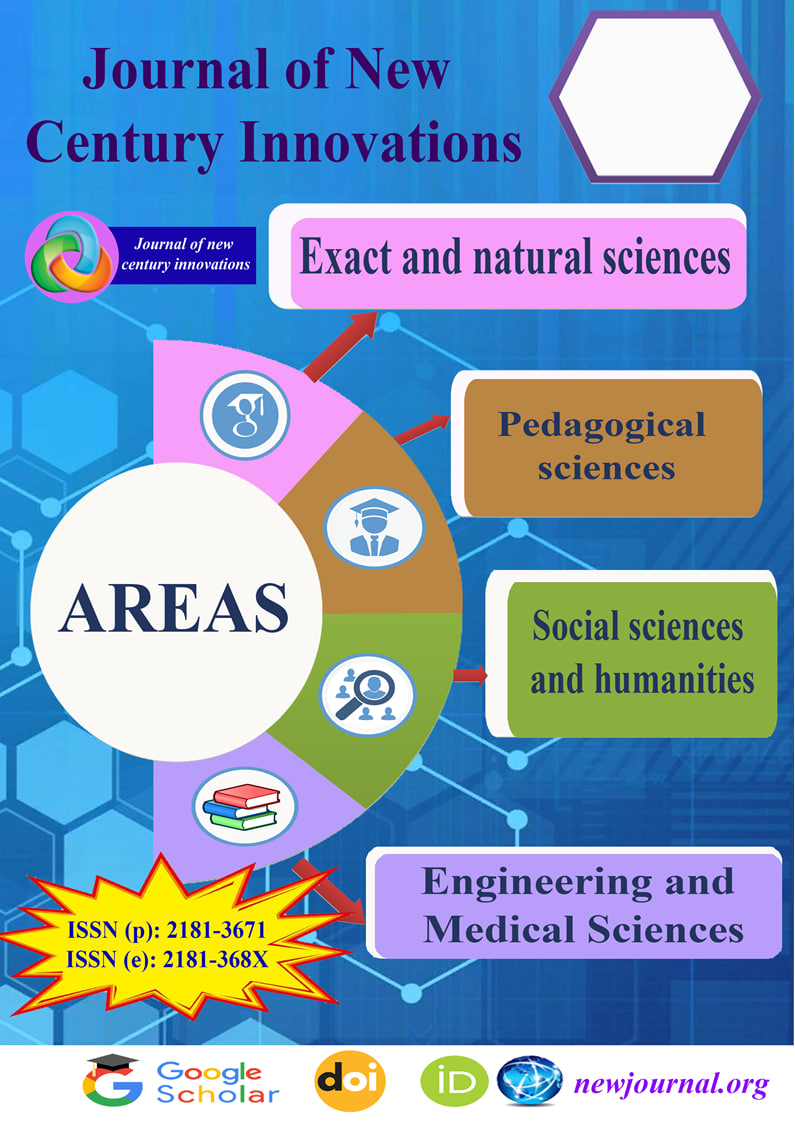CRITICAL RAW MATERIALS IN CIRCULAR ECONOMY
Keywords:
Resource efficiency: Improving the efficiency of resource use through measures such as material recovery, process optimization, and product design.Abstract
In a circular economy, the goal is to minimize waste and promote the reuse of resources. This approach is important for the conservation of critical raw materials (CRMs) that are essential to modern technologies but are scarce or difficult to extract. CRMs are materials that are vital to the production of goods and services and have a high economic importance. These materials are also important for the transition to a low-carbon economy and the achievement of sustainable development goals. The concept of a circular economy is focused on reducing waste, promoting sustainable consumption, and encouraging the efficient use of resources. Critical raw materials are materials that are essential for the development and production of a wide range of modern technologies, such as renewable energy systems, electric vehicles, and electronic devices. These materials are often scarce and expensive, and their extraction and processing can have significant environmental and social impacts. In a circular economy, critical raw materials play a crucial role in creating a sustainable and efficient system. The principles of a circular economy involve maximizing the use of resources, minimizing waste, and recycling materials to reduce the need for new resources. This means that critical raw materials can be recovered and reused, reducing their demand and increasing their availability. There are several strategies for incorporating critical raw materials into a circular economy. One strategy is to improve the design of products to reduce the need for critical raw materials. For example, designing products that are easy to repair and upgrade can extend their lifespan, reducing the need for new materials. Another strategy is to promote the recycling of critical raw materials. Recycling can help to reduce the environmental impact of critical raw materials by reducing the need for new extraction and processing. For example, the recycling of lithium-ion batteries from electric vehicles can recover critical raw materials such as cobalt, nickel, and lithium, which can be used to produce new batteries. In addition, the development of new technologies for the extraction and processing of critical raw materials can help to reduce their environmental impact and increase their availability. For example, the use of renewable energy sources in the extraction and processing of critical raw materials can reduce greenhouse gas emissions and promote sustainability. Some examples of CRMs include cobalt, lithium, rare earth elements, and platinum group metals. In a circular economy, CRMs are conserved through various strategies, such as:

